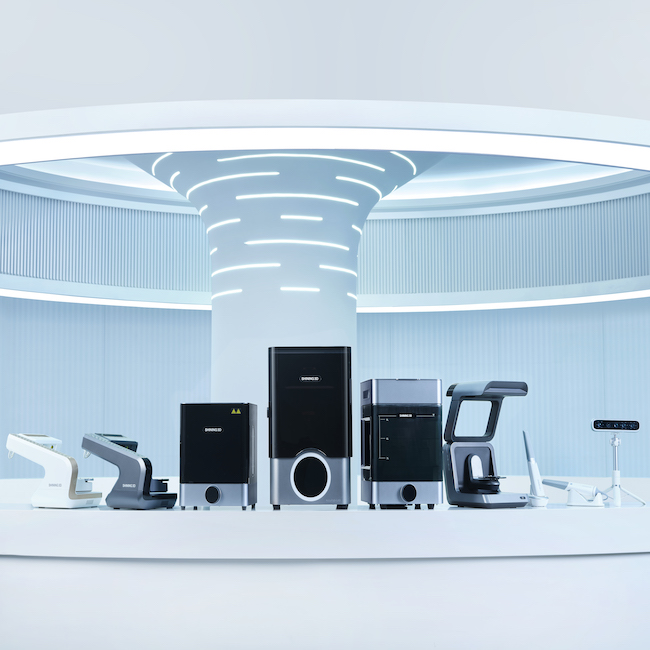Orthodontics is a very hot field in the dental industry, more and more people are beginning to pay attention to orthodontics as a treatment method to correct uneven teeth, improve occlusal function and oral hygiene, adjust jaw relationships, prevent tooth damage, and enhance facial aesthetics.
In the past, before the advent of digital technology, a significant amount of manual labor was required throughout the entire treatment process, including physical impressions and stone model creation, as well as individual bracket placement. This not only consumed an extensive amount of time but also resulted in suboptimal treatment outcomes.

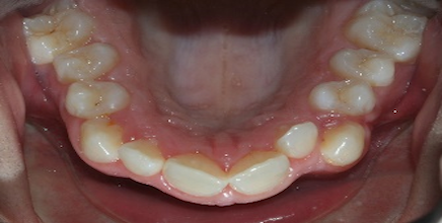
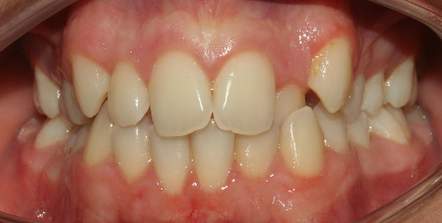
Fig 1: Before orthodontic treatment
Nowadays, with the utilization of advanced digital tools such as intraoral scanners, face scanners, printers, and software like ortho simulation, oral analyzers, face analysis, CreIBT, and CreSplint, etc. the treatment efficiency and effectiveness have been significantly enhanced, while concurrently increasing patient satisfaction levels. SHINING 3D is at the forefront of this transformative change.
Whether it’s fixed orthodontics or invisible orthodontics, SHINING 3D can provide a one-stop solution to clinical practice from start to end.
Upon the patient’s first visit, the orthodontist will first get all the necessary data, including intraoral data by using Aoralscan 3 or Aoralscan 3 wireless, and facial data by using MetiSmile, the orthodontist can capture the intraoral data within one minute, the process is very comfortable, and the intraoral data is more than accurate. The MetiSmile can help to construct the 3D face model in true color. A comprehensive communication between the patient and orthodontist based on the collected data and an ortho simulation can be performed, which makes the treatment result more visible and forecastable. The result of the ortho simulation can be shared with the patient with a QR code.
Based on the confirmed treatment plan, the orthodontist will move to the design process.
If the patient chooses fixed orthodontics, then in the design process, the orthodontist will first have a preliminary evaluation of the teeth condition through the crowding measurement in the MetronTrack oral analyzer. They also perform an initial analysis of the patient’s face using a face analysis functional module. Based on these analyses, they proceed to design the IBT using CreIBT software. The designed IBT is then 3D printed using AccuFab-D1s or AccuFab-L4D. After printing, the IBT undergoes post-processing with Fabwash and Fabcure 2 to obtain the final product. This approach enables the overall transfer of brackets, resulting in fewer chairside procedures and reduced bonding time during the bonding process.
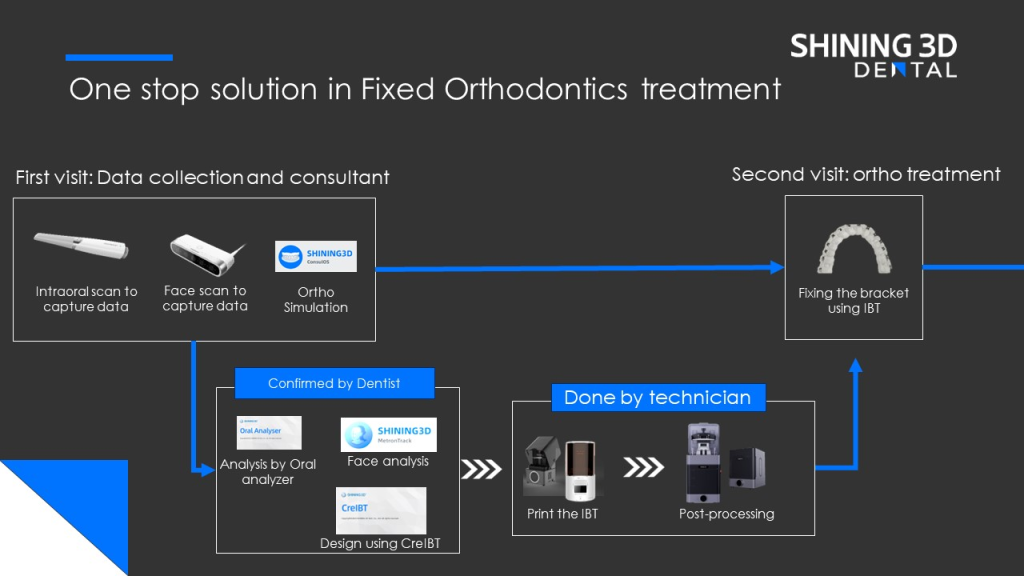
Fig 2: One-stop solution in fixed orthodontics treatment
If the patient chooses invisible orthodontics, the orthodontist can also analyze through MetronTrack oral analyzer and face analysis module. Based on these analyses, the orthodontist can have an accurate design in Maestro 3D. Invisible braces are printed in the clinic using AccuFab-D1s or AccuFab-L4D and placed directly in the patient’s mouth on his or her second visit.
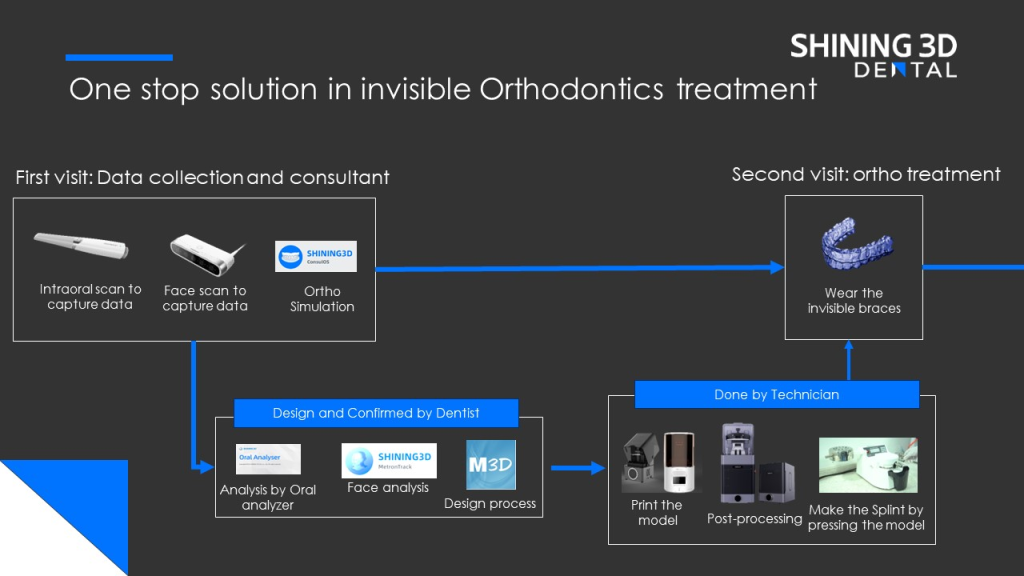
Fig 3: One-stop solution in invisible orthodontics treatment
In the follow-up process of patients, orthodontists can use an intraoral scanner to capture the data and MetronTrack oral analyzer to monitor whether the tooth movement meets the treatment expectations, so as to adjust the orthodontic plan at any time.
After the completion of orthodontics, the orthodontist collects the data through face scan and intraoral scan again and analyzes it with face analysis and oral analyzer module to check the changes in facial shape and dentition before and after treatment.

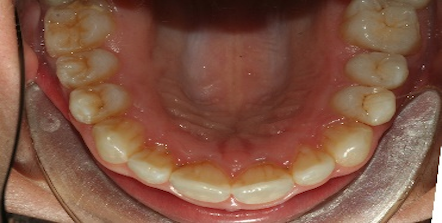

Fig 4: After orthodontic treatment
Finally, the orthodontist can also use CreSplint to design and print an orthodontic retainer with the printer to prevent the tooth from shifting after the bracket is removed.
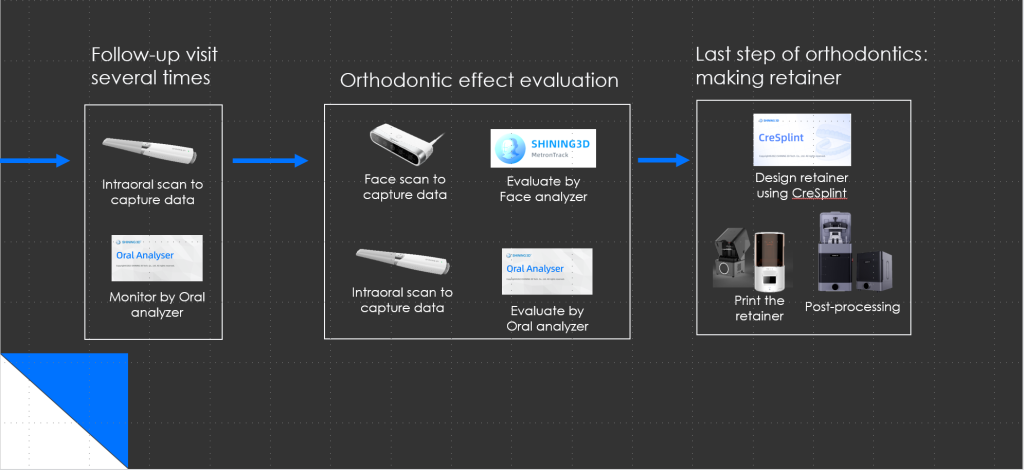
Fig 5: The one-stop solution in the follow-up treatment
SHINING 3D is a leading provider of advanced technology solutions for clinical orthodontic diagnosis and treatment. Their hardware and software are designed to work seamlessly together, providing the most complete solution for orthodontists. Whether you’re a seasoned professional or just starting out in your career, SHINING 3D has everything you need to provide top-quality care for your patients. Go digital with SHINING 3D!
 ENG
ENG








